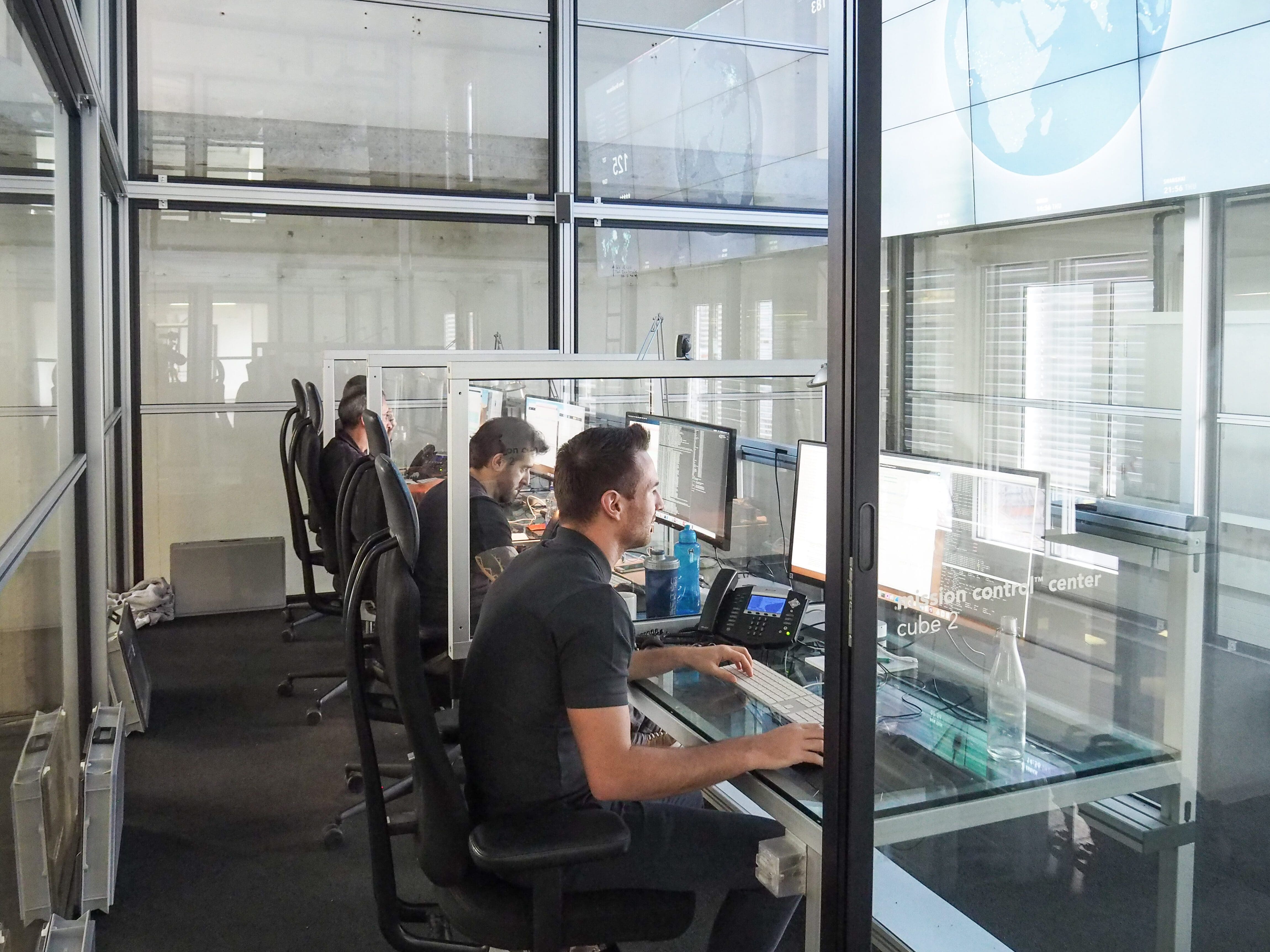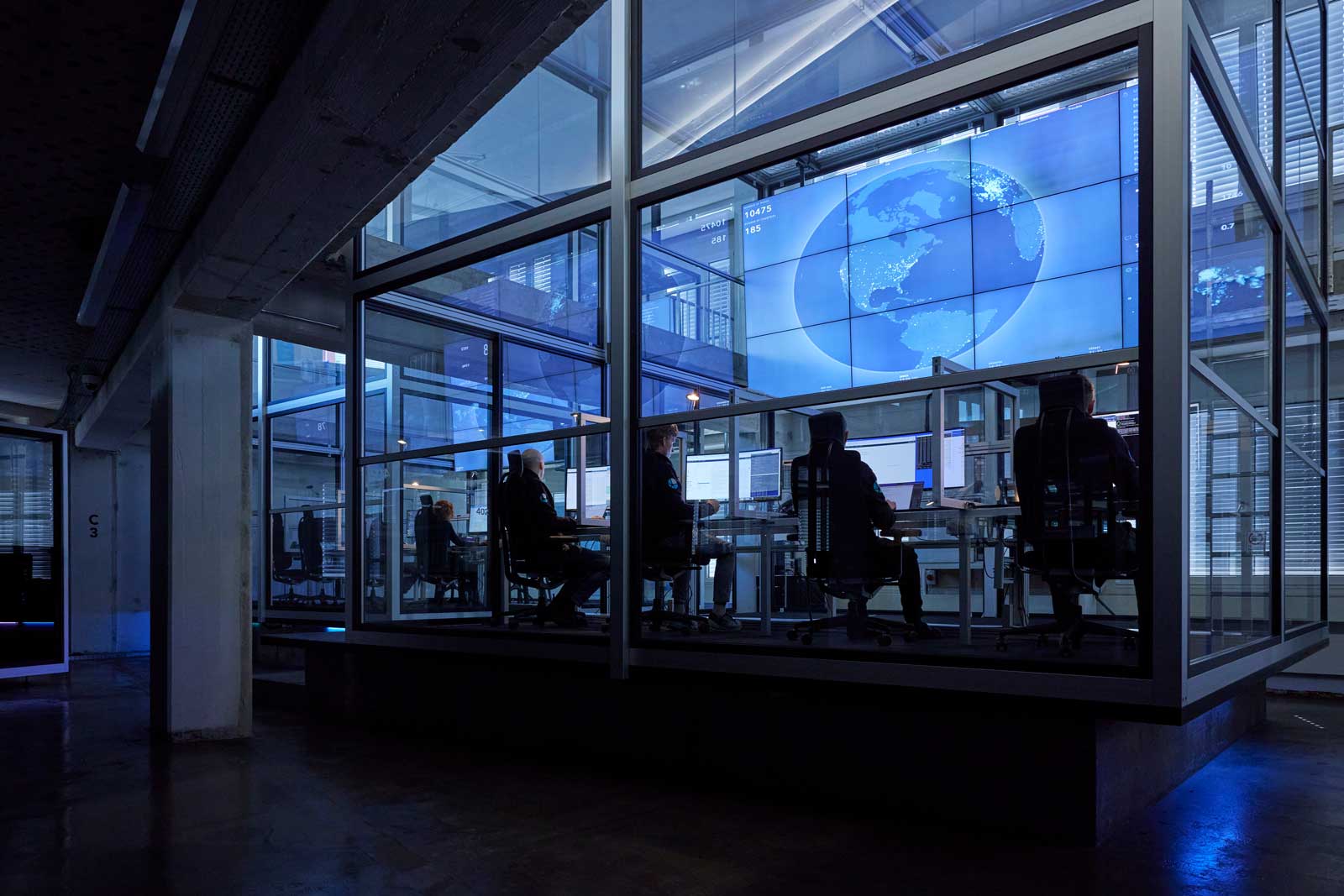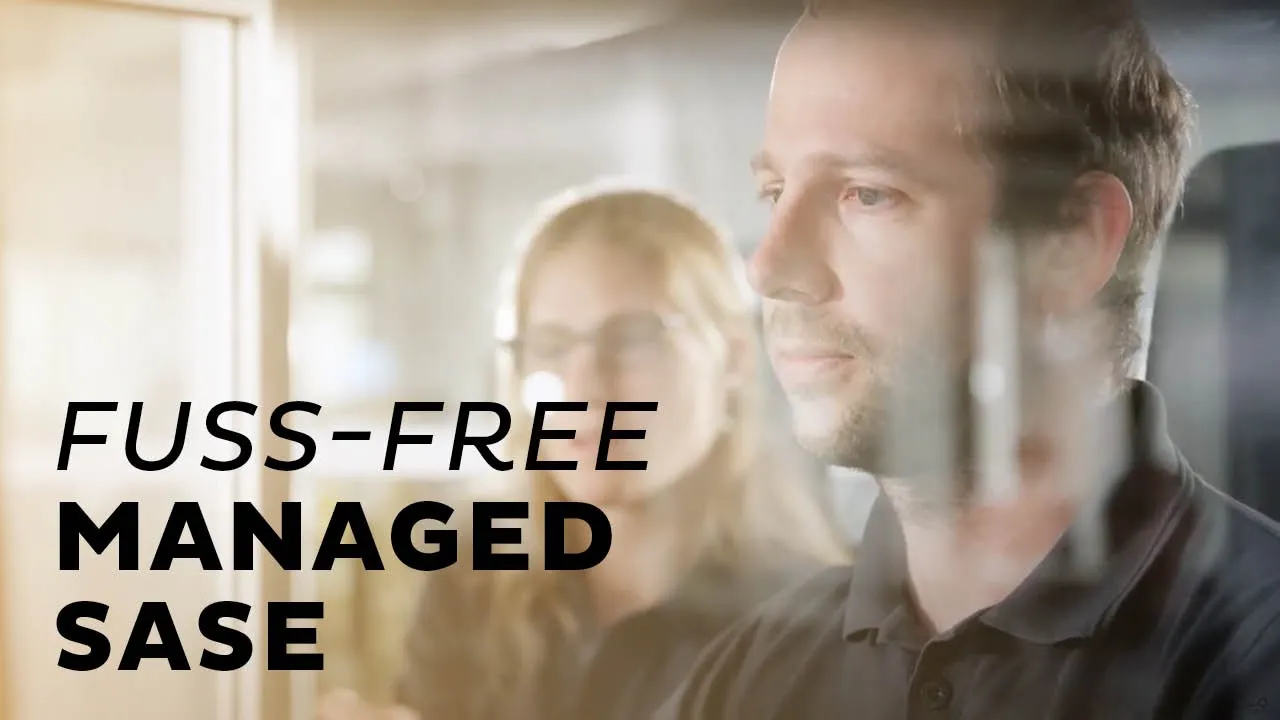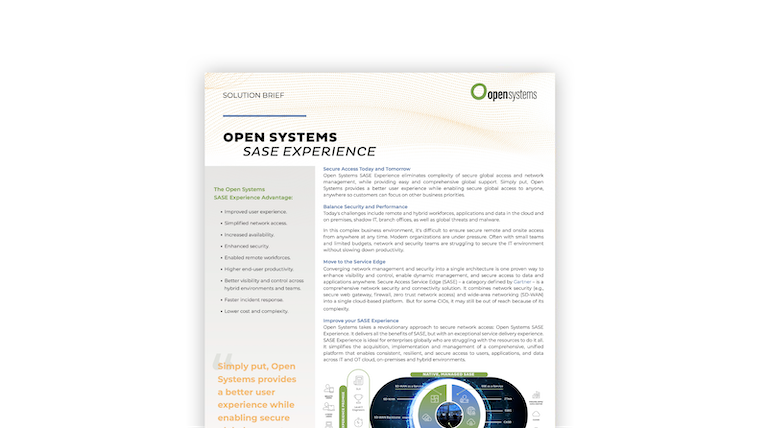
Software and Hardware Lifecycle Management
Maintenance - Replacement - Evaluation - Integration - Development
Stay Current
We remove the burden of keeping your systems up to date by doing it for you. We have failsafe mechanisms in place that ensure all the security systems used to protect your environment have the latest patches and upgrades. We test and validate that those updates operate as they should and that no other systems or configurations need to be changed before placing them into production.

Out with the Old - In with the New
Aging security systems are being replaced with new solutions that address an ever-changing network. With new systems come integration challenges.
At Open Systems, we continually implement new technologies to stay ahead of our customers’ growth. Systems are pre-qualified and brought into production with no service disruption. Our processes and automation are updated and security experts and customers are trained when new systems are integrated into our unified security service platform.

Developing the Future
Cyberthreats continue to increase in volume and sophistication and require new technologies to ensure safety. Our DevSecOps methodology means we’re continually developing innovative technologies and creating new cybersecurity capabilities so you’re ready for tomorrow’s threats today. In addition to evaluating and developing new technologies, we focus on AI, automation, and tighter service orchestration to streamline security operations. We’re continually lowering management overhead and reducing resource requirements, so our customers have more time to focus on other projects.

More is Better
Existing threat libraries are immense and grow so known threats that enter an environment are easily detected. Security repositories also have known threat remedies to hasten containment and remediation.
Security data is stored and maintained to trace the origin of a security threat back to the root cause. Data retention is required to comply with legal hold mandates and support compliance requirements and audits. Search criteria and inspection engines parse through current and historical data to determine the root cause of threats and aid in implementing future security safeguards.


Leave Complexity
Behind
To learn how Open Systems SASE Experience can benefit your organization, talk to a specialist today.
Contact Us



